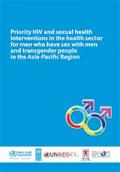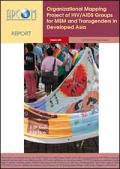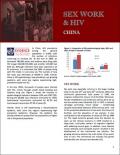Publications on Men Who Have Sex With Men (MSM)
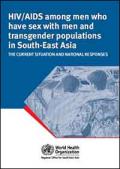
Resource | Publications,
The data collected and analysed will inform current and future action in the South-East Asia Region (SEAR) to address the health needs of MSM and TG populations. This desk-based assessment used multiple data sources to review the situation in nine countries of SEAR – Bangladesh, India, Indonesia, Maldives, Myanmar, Nepal, Sri Lanka, Thailand and Timor-Leste.

Resource | Presentations,
Behavioral sentinel surveillance (BSS) has been conducted by NCHADS to document behavior changes among sentinel groups since 1997. The objectives of the BSS 2010 are:
- To document HIV related risk behaviors among selected sentinel groups
- To track trends in risk behaviors among most at risk groups
- To explore common practices toward the use of VCT, STI clinics and other health services
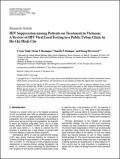
Resource | Publications,
The goals of this study were to document ART efforts in a resource-limited setting with high prevalence of IDUs, to identify high-risk groups for failure who may benefit from more frequent monitoring or other interventions and to assess the potential for delayed diagnosis of treatment failure when using targeted testing based on clinical and immunologic criteria.

Resource | Reviews and Snapshots,
Although the prevalence of HIV in the general population is low (0.2%) and is mainly concentrated among injecting drug users (IDUs) in Jakarta, West Java and Bali, the epidemic has now spread to other key populations at higher risk such as non‐injecting partners of IDUs, sex workers and their clients.






